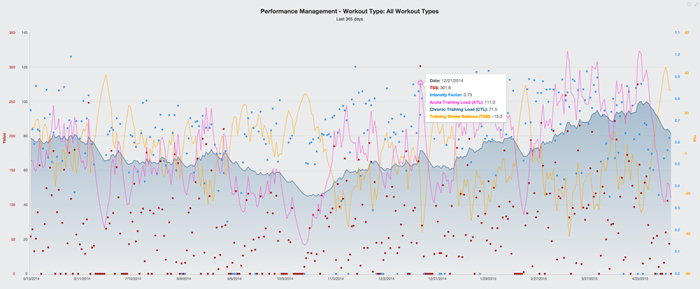

Without access to a lab, the next most accurate test is a 1-hour steady effort (such as a time trial on a bike). To determine your threshold power, pace or heart rate you can go to a lab and do a graded test where blood or oxygen exchange samples are taken to determine the effort when you’re no longer able to clear more acid than you’re producing. Your threshold is the basis around which your training or power zones are established – they are determined as a percentage of your threshold. Training below and above threshold will improve the body’s ability to clear lactate acid as well as tolerate higher concentrations of lactate acid.Īs you gain fitness, your threshold increases.

Unlike VO2 max, which relies largely on an individual’s predisposed physiological characteristics such as lung capacity and body mass, lactate threshold can be improved consistently through training. Therefore staying under or right at the lactate threshold allows us to go hard, but not so hard that we have to stop. As endurance athletes, we want to go as fast as we can for as long as we can.Going above this threshold effort will result in a “burn” in the muscles and, after a few minutes, require stopping or slowing in order for the body to clear the lactate acid.For most trained athletes this is similar to the maximum effort they can maintain for an hour.Lactate Threshold Pace, Heart Rate, and Power all refer to the maximum effort you’re able to maintain with mostly aerobic energy systems.Lactate Threshold Power is also referred to as functional threshold power (FTP). Lactate Threshold (LT) is also referred to simply as threshold.See below my other articles that address differentiating and classifying different heart rhythms and cardiac dysrhythmias. This just the beginning with analyzing a 6 second EKG or ECG strip. You continue to count down until you reach the next R wave. You start at 300, then 150 at the next bolded line, then 100, then 75, then 60 and 50. Method 4: The Sequence Methodįor the sequence method, you count the bolded lines between each R wave. You take 1500 and divide it by 21 which equals 71.43, which rounds to 71 bpm. In the example below, there are 21 small boxes between each R-R interval. With the 1500 method, you count the number of small boxes between two R waves and divide it by 1500. In the example below, there are 5 large boxes between these two R waves, 300 divided by 5 is 60. Method 2: The 300 Methodįor the 300 method, you count the number of large boxes between two R waves and divide it by 300. There is also the 300 method, the 1500 method, and the sequence method. There are other ways to calculate heart rate on a 6 second ECG strip, but the rhythm must be regular to do so. This technique also works well for slow heart rates as well. So the ECG heart rate in the above is 70 bpm. We multiply 7 x 10 and that equals 70 bpm (beats per minute). If R-R intervals vary by less than 1.5 boxes, the rhythm is still considered a regular rhythm. In the above EKG strip, you see the R to R intervals are equal so we can say that this is a regular rhythm. If there is an abnormality within the R to R interval, then the rhythm will be considered irregular. If the intervals between each R wave is equal, then you can say this is a regular rhythm. To determine if a rhythm is regular, measure the R to R intervals. This can be done if a heart rhythm is regular or irregular. One of the easiest ways to calculate heart rate on a 6 second strip is to count the amount of R waves on a 6 second strip and and multiply it by 10. There are different ways to calculate ECG heart rate on a 6 second strip. The first step in analyzing an EKG or ECG strip is to calculate the heart rate. Method 1: Count the number of R-waves and multiply by 10. If you do not understand the PQRST wavs, I suggest you take a look at my previous article first regarding PQRST waves and the cardiac cycle. We will now look at determining heart rate on an ECG or EKG six second strip.


 0 kommentar(er)
0 kommentar(er)
